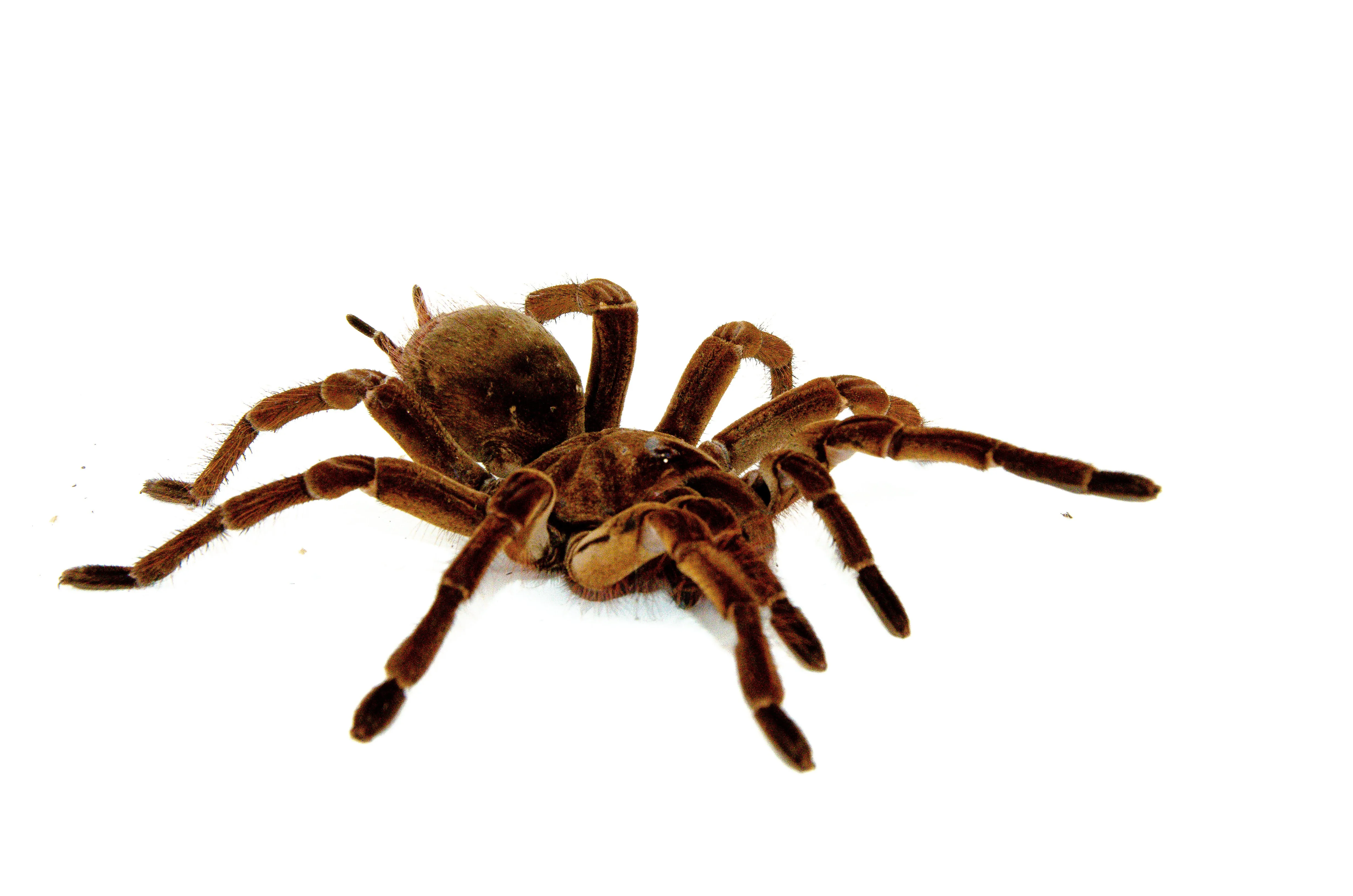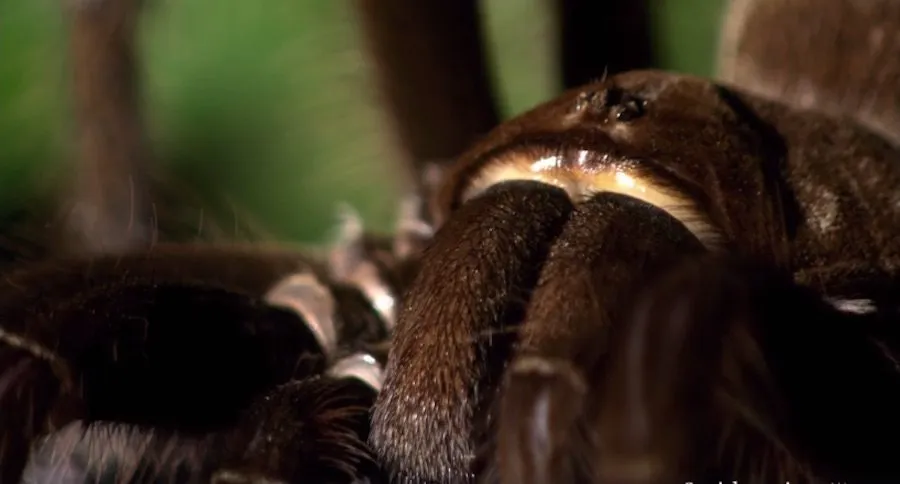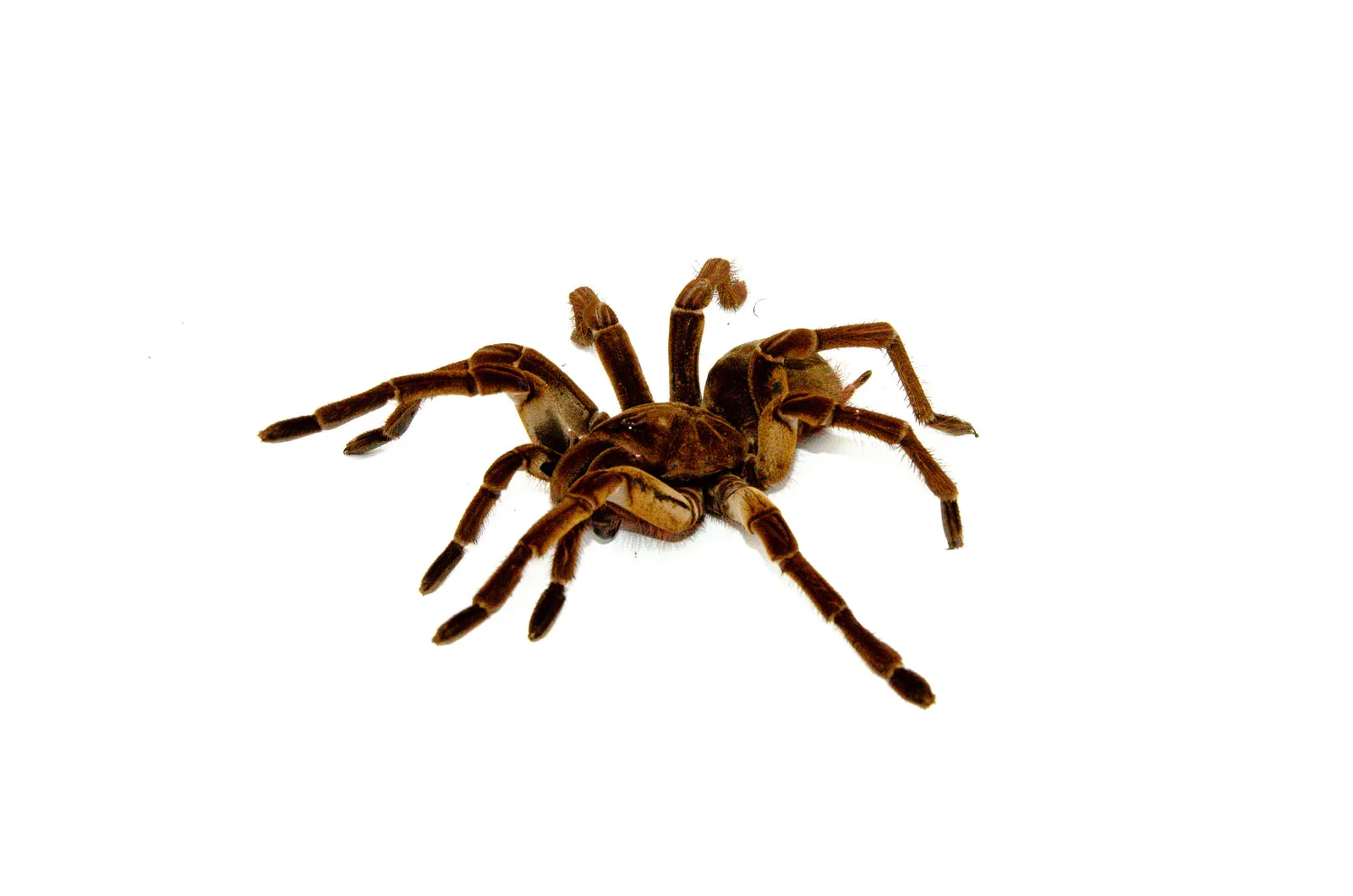Goliath Birdeater Temperament: Top 5 Facts
The Goliath Birdeater tarantula, Theraphosa blondi, is the world’s largest spider, captivating the attention of arachnid enthusiasts worldwide. Understanding the temperament of this impressive creature is crucial for responsible ownership and appreciation. While often perceived as aggressive, the Goliath Birdeater’s behavior is more nuanced, influenced by various factors. This article delves into the top five temperament facts, offering insights into their defensive mechanisms, handling considerations, and overall nature. We’ll explore common misconceptions and provide a factual understanding of this fascinating species, ensuring a balanced perspective on their interactions and care. This will help owners, and enthusiasts alike better understand the magnificent and often misunderstood, Goliath Birdeater. The goal is to offer a comprehensive overview of their temperament, debunking myths, and promoting a deeper appreciation for these amazing creatures.
Size and Appearance
The sheer size of the Goliath Birdeater significantly influences perceptions of its temperament. With a leg span that can exceed 12 inches and a body length of over 4 inches, this tarantula is a commanding presence. Their coloration is typically a dark brown, providing excellent camouflage in their natural habitat. The size alone often intimidates, but it’s essential to understand that their physical attributes are more about survival than inherent aggression. Their large size means they are more cumbersome than smaller tarantulas, impacting their speed and agility. This influences their defensive strategies, often leading them to rely on other methods before resorting to a physical attack. This massive size also necessitates a specific habitat setup to ensure their well-being, influencing their overall temperament and interaction with their environment. Understanding the significance of their size and appearance helps to contextualize their behaviors and demystify some of the common fears associated with them.
Defensive Behaviors

Goliath Birdeaters have several defensive mechanisms, which are often misconstrued as aggression. When threatened, they may first attempt to flee or retreat into their burrow. If cornered or provoked, they will raise their front legs and display their fangs in a threat posture. They may also flick urticating hairs from their abdomen, a defense mechanism that causes skin irritation in potential predators. These hairs are a primary defensive tool and, although irritating, are not typically life-threatening to humans. Their bite, while capable of delivering venom, is rarely fatal. Understanding these defensive behaviors is critical to interpreting their temperament, it emphasizes that their actions are often driven by self-preservation rather than malice. Responsible owners can mitigate these defensive behaviors through proper handling techniques and creating a secure environment. Knowing these behaviors allows for a more empathetic approach to understanding and caring for this impressive tarantula.
Venom and Bite
The Goliath Birdeater’s bite, while capable of delivering venom, is not considered highly venomous to humans. The venom’s effects are typically localized, causing pain, swelling, and muscle cramps. The severity of the reaction can vary depending on the individual and the amount of venom injected. While a bite can be painful and unsettling, it’s rarely life-threatening. Their fangs, which can be over an inch long, are primarily used for subduing prey, not necessarily for aggression towards humans. When handling or interacting with a Goliath Birdeater, it’s vital to exercise caution and avoid any actions that could provoke a bite. This tarantula is more likely to display other defensive behaviors, such as hair flicking, before resorting to biting. Proper safety protocols include using tools like long tweezers for feeding and maintaining a calm environment. This reduces the likelihood of provoking the tarantula and ensures a safer experience for both the owner and the spider.
Handling and Interaction
Handling a Goliath Birdeater is generally not recommended, especially for novice keepers. Their size and defensive behaviors make them a challenging species to handle safely. However, if handling is necessary, it should be done with utmost care and caution. Always approach the tarantula calmly and avoid sudden movements. Gently coax the spider onto your hand, allowing it to walk onto your palm rather than grabbing or forcing it. Make sure to handle them over a soft surface, such as a bed or a low table, to minimize the risk of injury if they fall. Constant vigilance is key. Always be aware of the tarantula’s body language and be ready to react to any signs of stress or agitation. Frequent or unnecessary handling should be avoided, as it can stress the spider and increase the chances of a defensive response. A hands-off approach is often the best practice to maintain the well-being of the Goliath Birdeater. For most keepers, admiring them from a distance within their enclosure is the most rewarding and safe way to enjoy these magnificent creatures.
Environmental Factors

The environment in which a Goliath Birdeater lives significantly impacts its temperament. A well-maintained habitat, that mimics their natural environment, helps reduce stress and promote a calmer demeanor. This involves providing the right temperature, humidity, and substrate depth for burrowing. A spacious enclosure is crucial, offering enough room for the tarantula to move, explore, and feel secure. Regular maintenance, including removing any uneaten food and cleaning the enclosure, is vital. Sudden changes in the environment, like loud noises or vibrations, can startle the spider and trigger defensive behaviors. Keeping the enclosure in a quiet, low-traffic area of the home is advisable to minimize stress. Proper lighting is also essential. Avoid direct sunlight, which can overheat the enclosure, and ensure a natural light cycle. By creating and maintaining the ideal environment, you can significantly enhance the Goliath Birdeater’s well-being and reduce the chances of any defensive responses.
Habitat and Setup
Creating the perfect habitat for a Goliath Birdeater is critical for their temperament and overall health. The enclosure should be large, providing ample space for movement and burrowing. A good rule of thumb is a terrarium that is at least three times the spider’s leg span in width and length. The substrate, usually a mix of peat moss, vermiculite, and coconut fiber, should be deep enough for the tarantula to burrow. Providing a hide, like a large piece of cork bark, offers a secure retreat. Temperature and humidity are essential aspects to monitor and control. The ideal temperature range is between 75°F and 85°F (24°C and 29°C), and humidity should be around 75-80%. Regular misting helps maintain the proper humidity levels. A shallow water dish should always be available for drinking. The setup should mimic the tarantula’s natural habitat, providing a sense of security and minimizing stress. The right habitat promotes a healthy lifestyle and reduces the likelihood of defensive behaviors.
Feeding and Nutrition
A well-fed Goliath Birdeater is a less stressed Goliath Birdeater. Providing a balanced diet is essential for their overall health and temperament. In the wild, they feed on insects, small rodents, and occasionally, birds, which is where their name comes from. In captivity, a diet primarily consisting of insects like crickets, roaches, and mealworms is suitable. They can also be fed small vertebrates. The feeding frequency depends on the spider’s age and size, but generally, adults can be fed once or twice a week. Always remove any uneaten food within 24 hours to prevent mold growth. Proper nutrition ensures the tarantula remains healthy and energetic. It is worth noting that an underfed tarantula may become more defensive, as hunger can exacerbate stress. Provide fresh water at all times. A hydrated and well-nourished Goliath Birdeater is a more content and less likely to exhibit defensive behaviors.
Lifespan and Growth

Understanding the lifespan and growth of a Goliath Birdeater is key to responsible ownership. Females can live for 15 to 25 years, while males typically have a shorter lifespan of 3 to 6 years. The growth rate of these tarantulas depends on factors such as feeding frequency, temperature, and humidity. They molt periodically, shedding their exoskeleton to grow. During molting, the tarantula is highly vulnerable and should not be disturbed. The lifespan also helps understand their overall behaviors. A longer lifespan indicates a need for a long-term commitment, and you must provide a stable, consistent environment. Throughout their life cycle, they exhibit different behaviors. Young spiders are more prone to burrowing and hiding, while adults tend to be more visible. Knowing these aspects is crucial to providing the right care and minimizing any potential stress. Understanding the implications of a long lifespan and the different stages of their growth promotes responsible pet ownership.
Comparing with Other Tarantulas
Comparing the temperament of the Goliath Birdeater to other tarantula species offers valuable insights. Compared to more docile species, such as the Chilean Rose Hair tarantula, the Goliath Birdeater is generally considered more defensive. They are more likely to display defensive behaviors like hair flicking and threat postures. However, temperament can vary greatly among individuals, and generalizations should be made cautiously. Some species, like the Pinktoe tarantula, are known for their arboreal habits and a more skittish nature, making them less likely to exhibit a threat posture. The Greenbottle Blue tarantula, known for its vibrant colors, can also be quick to show defensive behavior. Comparing their defensive mechanisms shows how each species reacts to external stimuli and internal feelings. Understanding these comparisons helps prospective owners choose the right species for their experience level and preferences. Learning the differences between species makes it easier to appreciate the unique traits of the Goliath Birdeater.
Conclusion
The Goliath Birdeater tarantula is an impressive species, and understanding its temperament is essential for all those who are interested in this animal. By understanding their defensive mechanisms, the role of environmental factors, and the importance of responsible handling, it is possible to appreciate these fascinating creatures safely. While they are not inherently aggressive, their size and defensive behaviors require respect and caution. Proper care, a suitable habitat, and a hands-off approach are crucial to ensuring their well-being. This article has provided insights into the top five temperament facts. With this knowledge, owners and enthusiasts can foster a deeper appreciation for the Goliath Birdeater and approach their care with informed responsibility. Overall, the goal is to enhance the experience of both the keeper and the tarantula, promoting a positive and safe environment.
